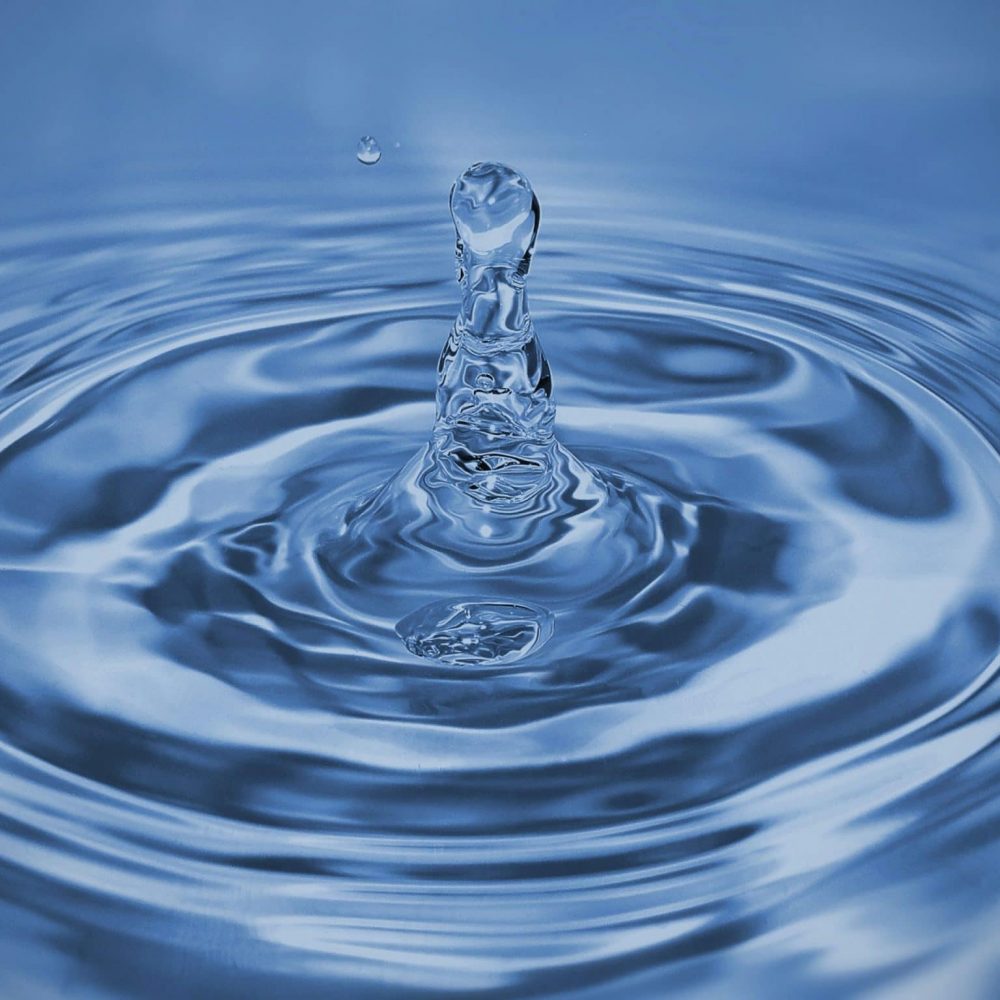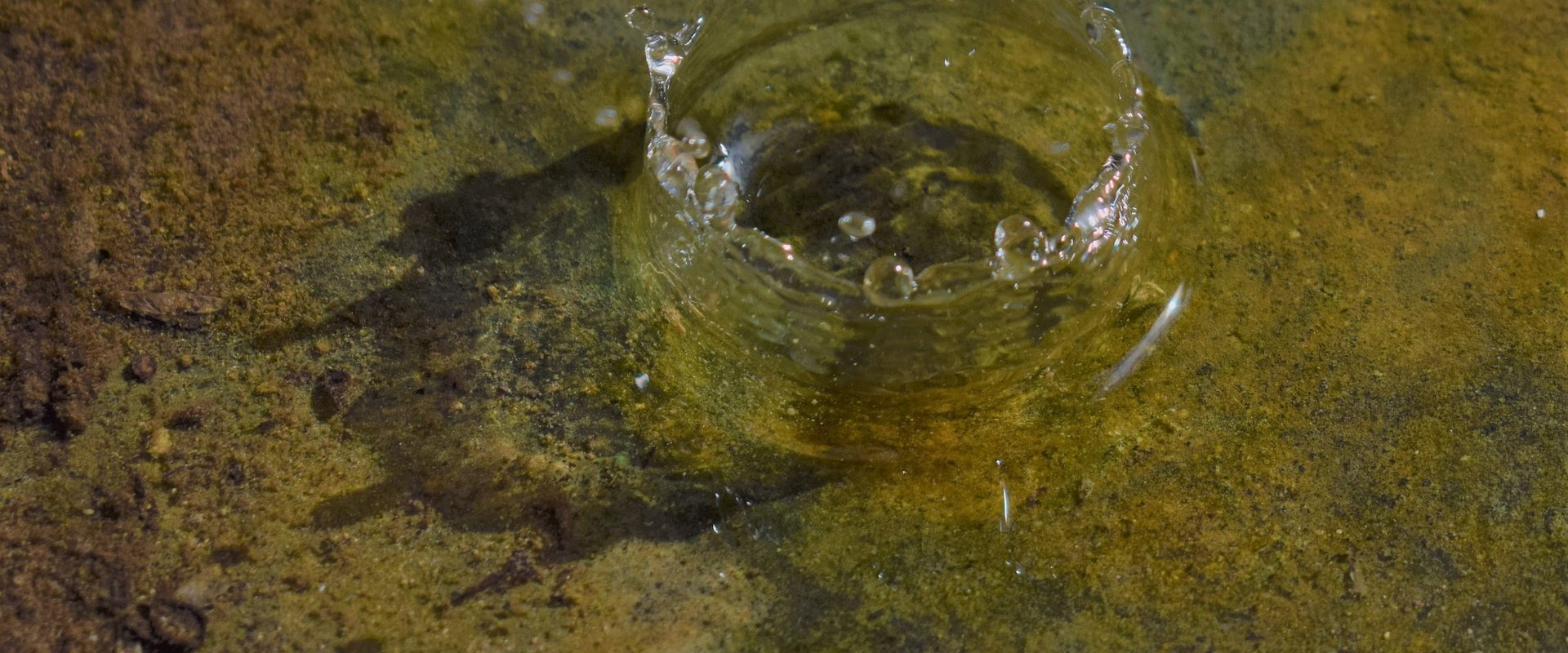Introduction to Water Filtration – Part 4
Introduction to Water Filtration - Part 4
Upflow Filters
Upflow units utilize a single filter component for filtration, usually graded sand. The filter works with the finer sand at the top of the bed while the coarser sand resides at the bottom of the unit. Gravel is retained by fixed grids at the bottom of the unit. The gravel guarantees proper water distribution during the service cycle. Another grid above the graded sand is used to prevent fluidization of the media. Air injections utilized during cleaning assist in the removal of solids and the reclassification of the filter media. This is not considered backwash because the direction of flow is the same as when in-service. During the cycle, the larger, coarse solids are separated at the bottom of the bed, while smaller particles filter further into the media. Typical service flow rates are 5-10 gpm/ft².

Filter Washing-Gravity Filters
To ensure the proper removal of accumulated solids, periodic washing of the filters is essential. The filter capacity will gradually decrease if there are any permanent clumps present from inadequate cleaning procedures. gradually decreasing filter capacity. If the presence of clumps and other invasive particles are severe, the filter may require chemical cleaning or replacement.
During the cleaning of the downflow filters, clean water is pushed back up and through the media. In conventional gravity units, this water lifts particles from the bed into wash troughs and transports them to waste. Two backwash techniques are possible, depending on the design of the media support structure and the accessory equipment available:
- High-rate backwash, which expands the media by at least 10%. Backwash rates of 12-15 gpm/ft² or higher are common for sand, and rates for anthracite may range from 8 to 12 gpm/ft².
- Low-rate backwash, with no visible bed expansion, combined with air scouring.
When only water is used, the backwash may be led by surface washing. In surface washing, strong jets of high-pressure water spouting from fixed or rotating nozzles break the filter surface crust. After the surface wash, when it is necessary, the unit is backwashed for 5-10 min. Finally, a small amount of rinse water is filtered to waste, and the filter is returned to service.
When there is a high-rate backwash, mud balls can form inside the filter bed. These high backwash rate accompanied by resulting bed expansion produces random currents in which certain sections of the expanded bed can move upward or downward. Encrusted solids can be also be carried from the surface down to form mud balls. This can be avoided by efficient surface washing.
Surface crust can be broken up by air scouring with low-rate backwashing without producing random currents if the underdrain system distributes air uniformly within the system. Removed solids from the media accumulate in the layer of water between the media surface and wash channels. This dirty water is normally rinsed out by an increased backwash water flow rate or by surface draining once the airflow has stopped. Wash water dispersion is generally the same whether water-only or air/water backwashing is applied.
Continuous Cleaning Filters
Continuous cleaning filter systems To eliminate off-line backwash periods, continuous cleaning filter systems run backwashing sections of the filter or portions of the filter media continuously while on-line. There are various designs of continuous cleaning systems that have been introduced.


